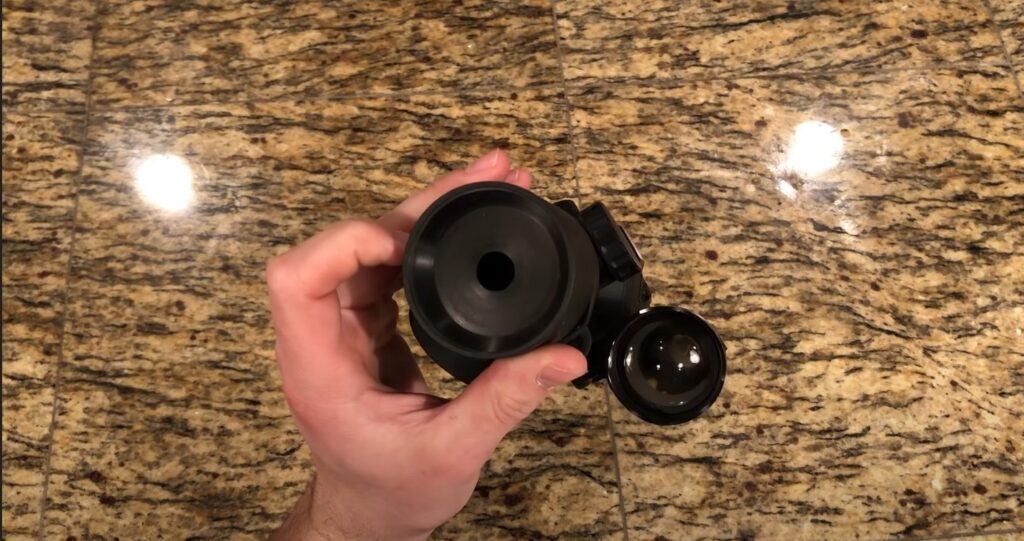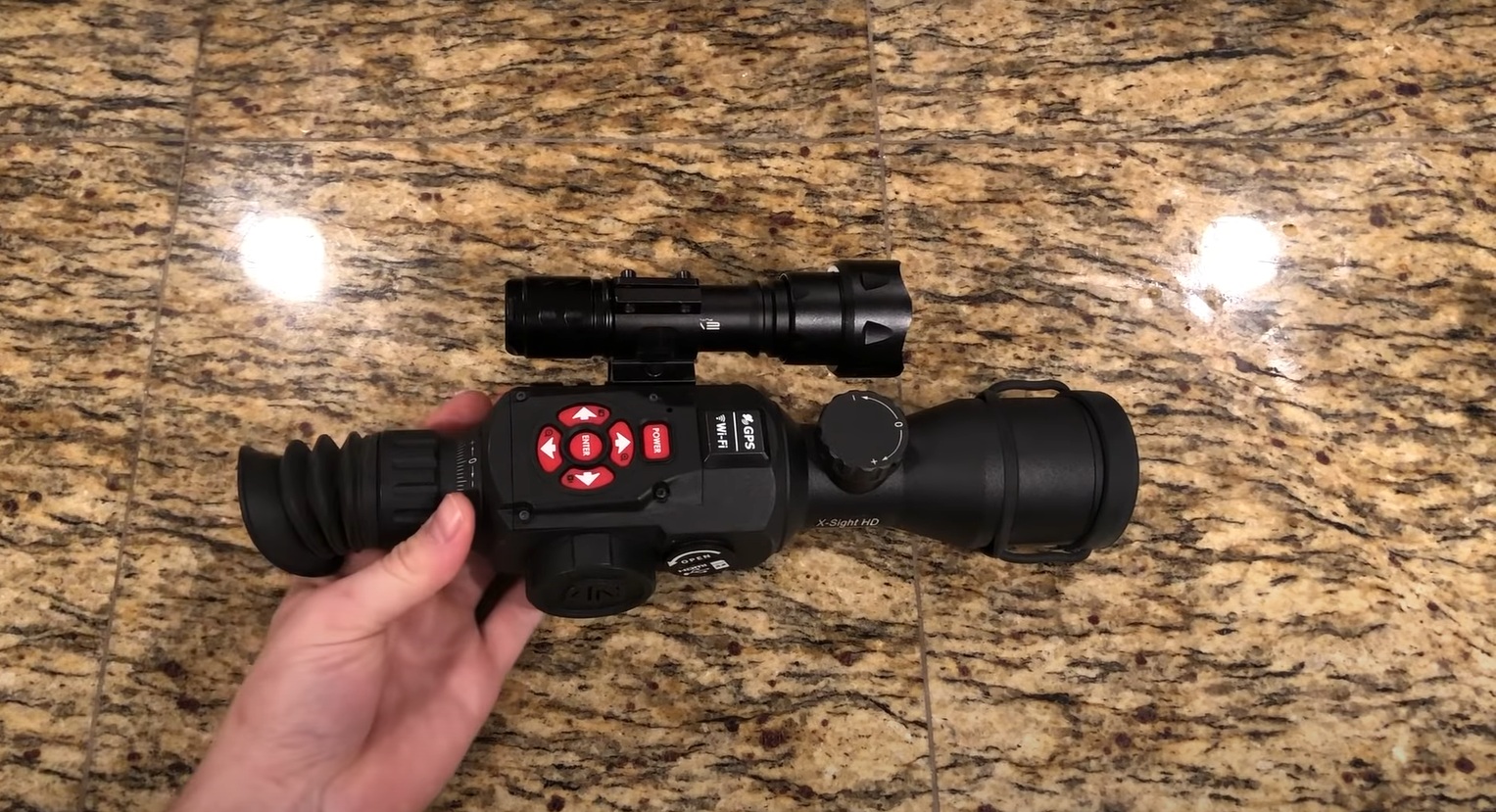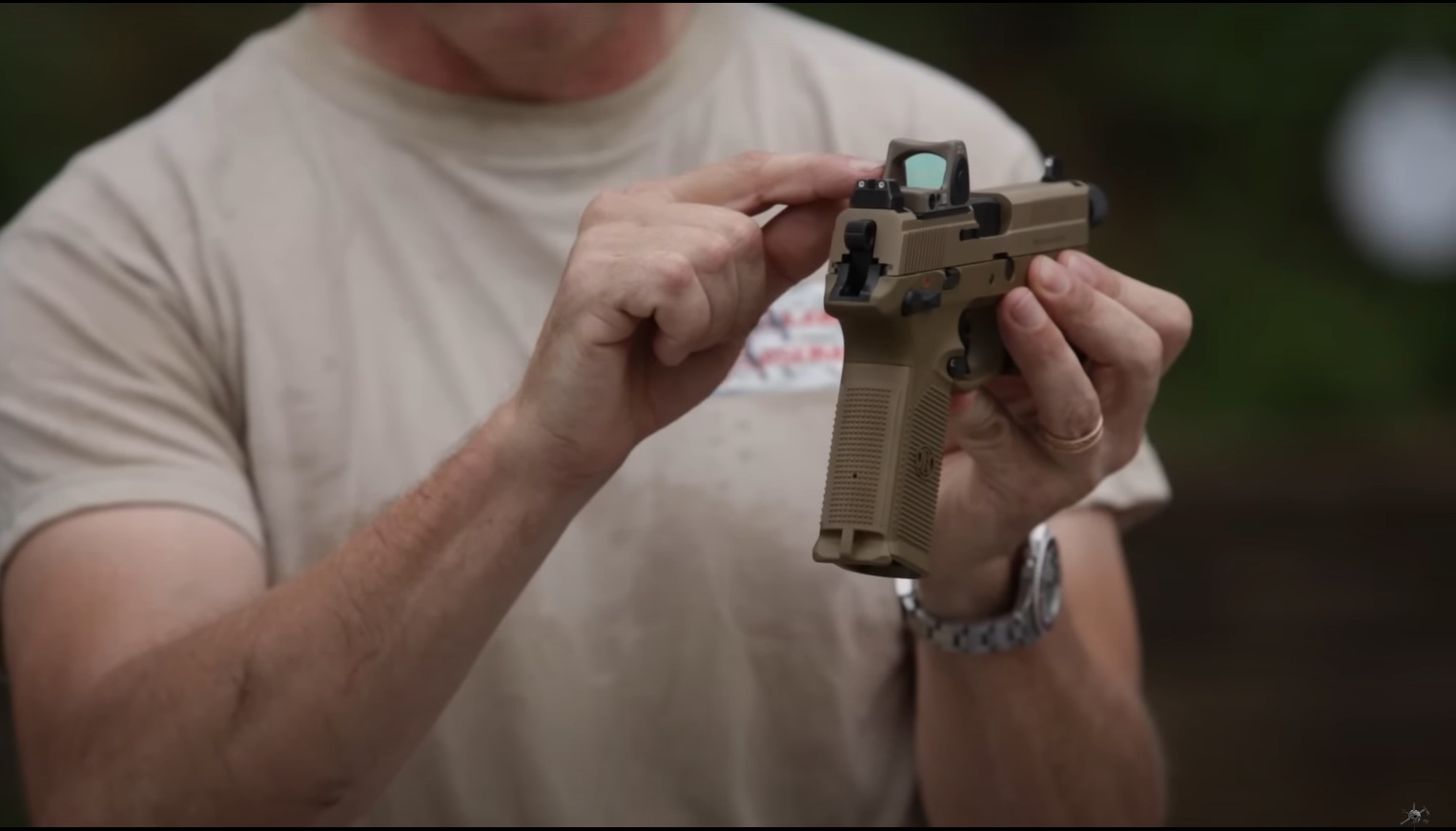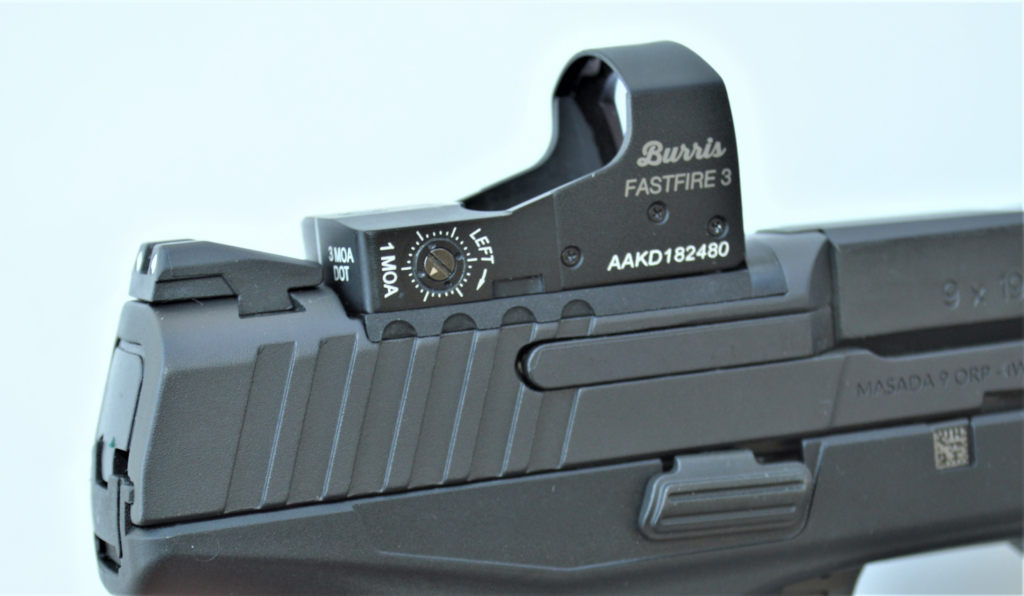In the world of night vision scopes, the ATN X-Sight 2 has been making waves. With its cutting-edge technology and advanced features, it’s changing the game for hunters, outdoor enthusiasts, and tactical operators. In this comprehensive review, we’ll dive deep into what makes the ATN X-Sight 2 stand out from the competition.
The Evolution of Night Vision Scopes
Night vision technology has come a long way since its inception. From the early image intensifiers to the latest digital night vision scopes like the ATN X-Sight 2, the evolution has been remarkable. Let’s explore how this technology has evolved over the years.
Understanding Night Vision Technology
Night vision scopes work on the principle of capturing and amplifying ambient light or infrared radiation. The ATN X-Sight 2 employs digital sensors to provide clear and detailed images in low-light conditions. This technology allows users to see in complete darkness, giving them a significant advantage in various scenarios.
Features and Specifications
The ATN X-Sight 2 boasts an impressive array of features and specifications, making it a top choice for many. Let’s take a closer look at what this night vision scope has to offer:
High-Resolution Optics
One of the standout features of the ATN X-Sight 2 is its high-resolution optics. With a powerful 4K sensor, it delivers crisp and vivid images, allowing users to spot targets with exceptional clarity.
Built-in Ballistic Calculator
For hunters and shooters, precision is key. The ATN X-Sight 2 includes a built-in ballistic calculator that takes into account factors like bullet drop and windage. This feature ensures accurate shots even at extended ranges.
Pros and Cons
Like any product, the ATN X-Sight 2 has its strengths and weaknesses. Let’s weigh the pros and cons:
Pros
- Exceptional night vision capabilities;
- High-resolution imagery;
- Built-in ballistic calculator for accuracy;
- User-friendly interface;
- Durable construction.
Cons
- Pricey compared to some competitors;
- Relatively heavy;
- Limited battery life during extended use.
ATN X-Sight 2 vs. Competitors
To truly understand the value of the ATN X-Sight 2, let’s compare it to some of its closest competitors:
ATN X-Sight 2 vs. Pulsar Trail 2
| Feature | ATN X-Sight 2 | Pulsar Trail 2 |
|---|---|---|
| Resolution | 4K | 640×480 |
| Built-in Ballistic Calculator | Yes | No |
| Price | Higher | Lower |
The ATN X-Sight 2 outperforms the Pulsar Trail 2 in terms of resolution and the presence of a built-in ballistic calculator. However, it comes at a higher price point.
How to Use the ATN X-Sight 2
Using the ATN X-Sight 2 is straightforward, but there are some tips and tricks that can enhance your experience:
Mounting and Zeroing
Before using the scope, ensure it’s properly mounted and zeroed. This ensures your shots are accurate and on target.
Navigating the Interface
The user-friendly interface of the ATN X-Sight 2 allows you to customize settings, such as reticle options and brightness levels. Familiarize yourself with the menu for optimal performance.

User Reviews and Experiences
To get a well-rounded perspective on the ATN X-Sight 2, let’s delve into user reviews and real-world experiences. Many hunters and outdoor enthusiasts have shared their thoughts on this night vision scope.
User Ratings and Comments
| User | Rating (Out of 5) | Comment |
|---|---|---|
| Hunter123 | 4.5 | “The X-Sight 2 improved my hunting game significantly. Crystal clear optics!” |
| NightOwl | 4.0 | “Great for night hikes. Battery life could be better, but overall, I’m satisfied.” |
| Shooter99 | 5.0 | “The ballistic calculator is a game-changer. Worth every penny.” |
Additionally, here are some common themes from user reviews:
User Highlights:
- Exceptional clarity in low-light conditions;
- The built-in ballistic calculator receives praise for accuracy;
- Some users wished for an extended battery life for prolonged use.
Maintenance and Care Tips
To ensure your ATN X-Sight 2 serves you well for years to come, it’s essential to take proper care of it. Here are some maintenance tips:
Cleaning:
- Use a microfiber cloth to wipe the lenses and remove dust and smudges;
- Avoid using abrasive materials or paper towels that may scratch the lenses;
- Periodically clean the exterior of the scope to remove dirt and debris.
Storage:
- When not in use, store the scope in a protective case to prevent damage;
- Keep the scope in a dry and cool place to avoid moisture buildup;
- Remove the batteries if you won’t be using the scope for an extended period.
Legal Considerations
Using night vision scopes, including the ATN X-Sight 2, for hunting or other activities may be subject to specific laws and regulations in your area. It’s crucial to be aware of and adhere to these regulations.
Legal Regulations by State
| State | Night Vision Scope Regulations |
|---|---|
| Texas | Allowed for hunting with restrictions on certain species. |
| California | Legal for hunting, but some counties may have restrictions. |
| New York | Permitted for hunting in certain regions and during specific seasons. |
| Florida | Generally allowed for hunting, but some areas may have restrictions. |
Before using the ATN X-Sight 2, research the laws in your area and obtain any necessary permits or licenses.
Upgrading and Customization Options
If you’re looking to take your ATN X-Sight 2 to the next level, there are various upgrading and customization options available. These can enhance its performance and tailor it to your specific needs.
Upgrading the Firmware:
ATN regularly releases firmware updates that bring improvements and new features to the X-Sight 2. Stay up to date by visiting their website and downloading the latest firmware. Upgrading is often a straightforward process, and it can significantly enhance the scope’s capabilities.
Optical Attachments:
For those seeking more versatility, consider optical attachments such as magnifiers or additional lenses. These attachments can extend the range and functionality of your X-Sight 2, allowing you to adapt to different shooting scenarios.
IR Illuminators:
To boost the night vision capabilities of your X-Sight 2, you can invest in a high-quality external IR illuminator. These devices emit infrared light, enhancing visibility in complete darkness. They’re particularly useful for long-range observations and target acquisition.
Custom Reticles:
Some users prefer custom reticles to match their shooting style and preferences. Many reticle customization options are available, allowing you to select the design, color, and size that suits you best. This personalization can improve your shooting accuracy.
Conclusion
In conclusion, the ATN X-Sight 2 is a game-changer in the world of night vision scopes. Its high-resolution optics, built-in ballistic calculator, and user-friendly interface make it a top choice for those who demand precision in low-light conditions. While it comes at a higher price point, the advantages it offers are well worth the investment.
FAQs
Yes, the ATN X-Sight 2 can be used during the day, thanks to its day/night mode.
The built-in ballistic calculator of the ATN X-Sight 2 is effective for calculating shots at ranges of up to 1,000 yards.
Yes, the scope is versatile and can be mounted on a variety of firearms, including rifles and shotguns.
The battery life can vary depending on usage, but it typically lasts around 10-12 hours.
Yes, the scope can be paired with a smartphone app for remote control and additional functionalities.






















